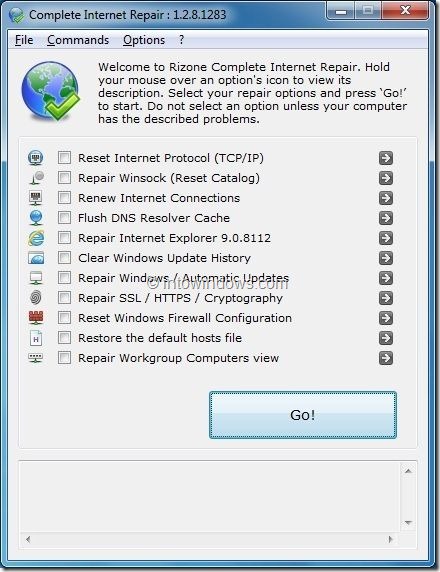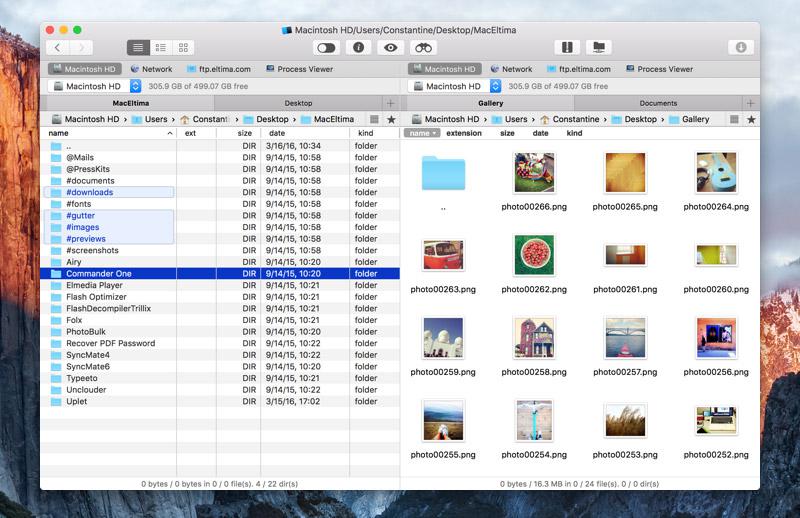

The free version of DaisyDisk is highly functional and will sweep your drive and allow simple quick access to any files or folders found (right-click on anything and choose ‘Show in Finder’), and you could get away with just using the free version if you wanted to, but if you enjoy DaisyDisk enough and find it to be a helpful companion to your Mac experience, the full version is money well spent. Get Daisy Disk from the developer here (free trial available, otherwise $10).In terms of visualization of your file data, DaisyDisk is superior to anything else available, and it’s also very fast. DaisyDiskĭaisyDisk is by far the most attractive storage analysis utility, with a beautiful and intuitive interface that makes finding disk clutter a matter of navigating an interactive colorful wheel. It’s a good idea to back up the Mac with Time Machine before using these apps if you’re planning on performing some mass file removal, it’s always better to be safe than sorry and lose files or have to reinstall Mac OS X if you deleted critical system files willy-nilly. You can connect multiple drives and transfer files between them with ease.We’ll cover three of the best and most popular disk space analysis tools available for the Mac, each of which is either free or offers a free trial version to give a good test run with.Ī big thing to remember with using these disk analyzer apps is that if you shouldn’t delete anything without discretion, as they sweep the entire drive and inevitably display system files, system folders, and other necessary components of Mac OS X and apps, along with personal documents and accumulated cruft. Along with that, you get a robust remote connection interface that allows you to connect to remote drives such as Google Drive, Amazon S3, Rackspace, etc. ForkLift offers dual-pane navigation that allows you to open two different directories in the same window and move files quickly.

You need to open multiple windows in order to drag and drop files from one folder to another but that is unintuitive at best. The most obvious shortcoming of Finder is that you can only navigate one directory at a time. These new-gen file manager apps for macOS system take the best features from Finder and then add their own unique spin to it. We found some better file managers for Mac that provide intuitive and useful features like dual-pane UI, advanced sync, and more keyboard shortcuts. While it’s perfectly fine for most users, I find it lacking in some aspects where I want to perform some advanced tasks like batch renaming, sync files across OS, or simply use keyboard shortcuts. Finder is what you would use to navigate Mac’s storage or access external devices.


 0 kommentar(er)
0 kommentar(er)
